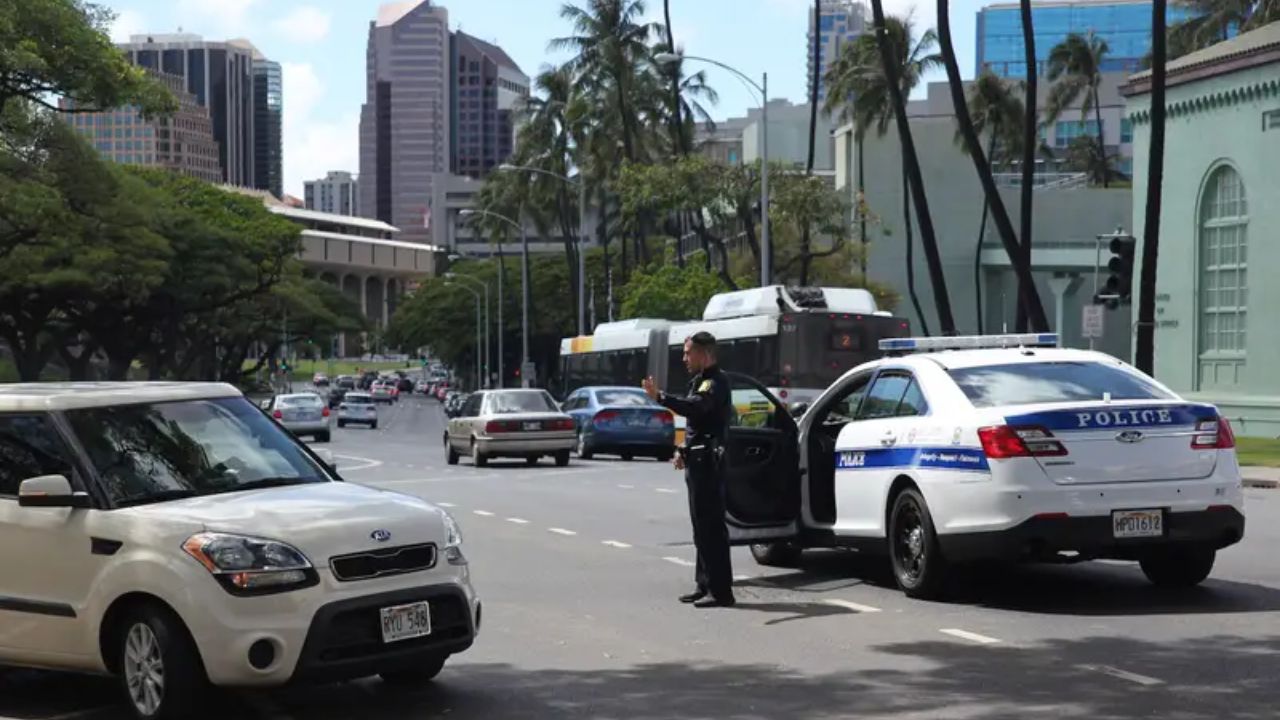According to the latest data from the FBI’s Uniform Crime Reporting program, several cities in New York State have been identified as having high rates of violent crime. One city that stands out is Binghamton, New York.
Binghamton, a city in the Southern Tier region of New York, has a population of around 45,140 people. The FBI data shows that Binghamton has a violent crime rate of 1,804 per 100,000 residents, which is significantly higher than the national average.
Violent Crime Rates in Binghamton
The violent crime rate in Binghamton includes offenses such as murder, rape, robbery, and aggravated assault. In 2018, the city had a murder rate of 2.0 per 100,000 population, which is lower than the national average. However, the city’s overall violent crime rate is still a major concern.
According to the data, Binghamton’s violent crime rate has fluctuated over the years, with a high of 797.37 per 100,000 in 2017 and a low of 659.76 per 100,000 in 2014. The city has seen a slight decline in violent crime in recent years, but it remains one of the most violent cities in the state.
What Measures Are Being Taken to Reduce Crime in Binghamton, New York
To reduce crime in Binghamton, New York, several measures are being implemented:
1. Increased Security Measures: Solutions may include increased security measures to enhance safety and deter criminal activities. This could involve measures such as improved lighting in high-crime areas, increased police presence, and surveillance systems.
2. Investment in Law Enforcement: Further investment into law enforcement is crucial to combat crime effectively. This may involve allocating resources to law enforcement agencies, enhancing training programs, and implementing community policing initiatives.
3. Stringent Penalties for Offenders: Implementing more stringent penalties for offenders can act as a deterrent and help reduce criminal activities. This could involve stricter sentencing guidelines, enhanced prosecution efforts, and targeted interventions for repeat offenders.
4. Community Engagement and Education: Collaborative efforts with the community are essential to address the root causes of crime. Educating the community about crime prevention best practices, fostering partnerships between law enforcement and residents, and promoting community involvement in crime reduction initiatives are vital strategies.
5. Data-Driven Crime Reduction Approach: The City of Binghamton has adopted a data-driven, focused crime reduction approach to address criminal activities effectively. By analyzing crime data and mapping crime trends, authorities can target resources to areas with the highest crime rates and implement tailored interventions.
6. Campus Safety Initiatives: Binghamton University is actively working to enhance campus safety by educating students and staff about crime prevention, responding to criminal incidents promptly, and providing crime information to the campus community. Initiatives like the Campus Security Act and the Clery Act require colleges to report crime statistics and security measures to ensure a safe environment for students and employees.
These measures collectively aim to create a safer environment in Binghamton, New York, by addressing crime at various levels, from law enforcement strategies to community engagement and education.
Conclusion
The FBI data reveals that Binghamton, New York, is one of the most violent cities in the state, with a violent crime rate that is significantly higher than the national average. While the city has seen some improvements in recent years, the high levels of violent crime remain a significant concern for local residents and authorities.
Addressing this issue will require a comprehensive approach, including targeted law enforcement efforts and community-based initiatives to address the underlying causes of violence.

